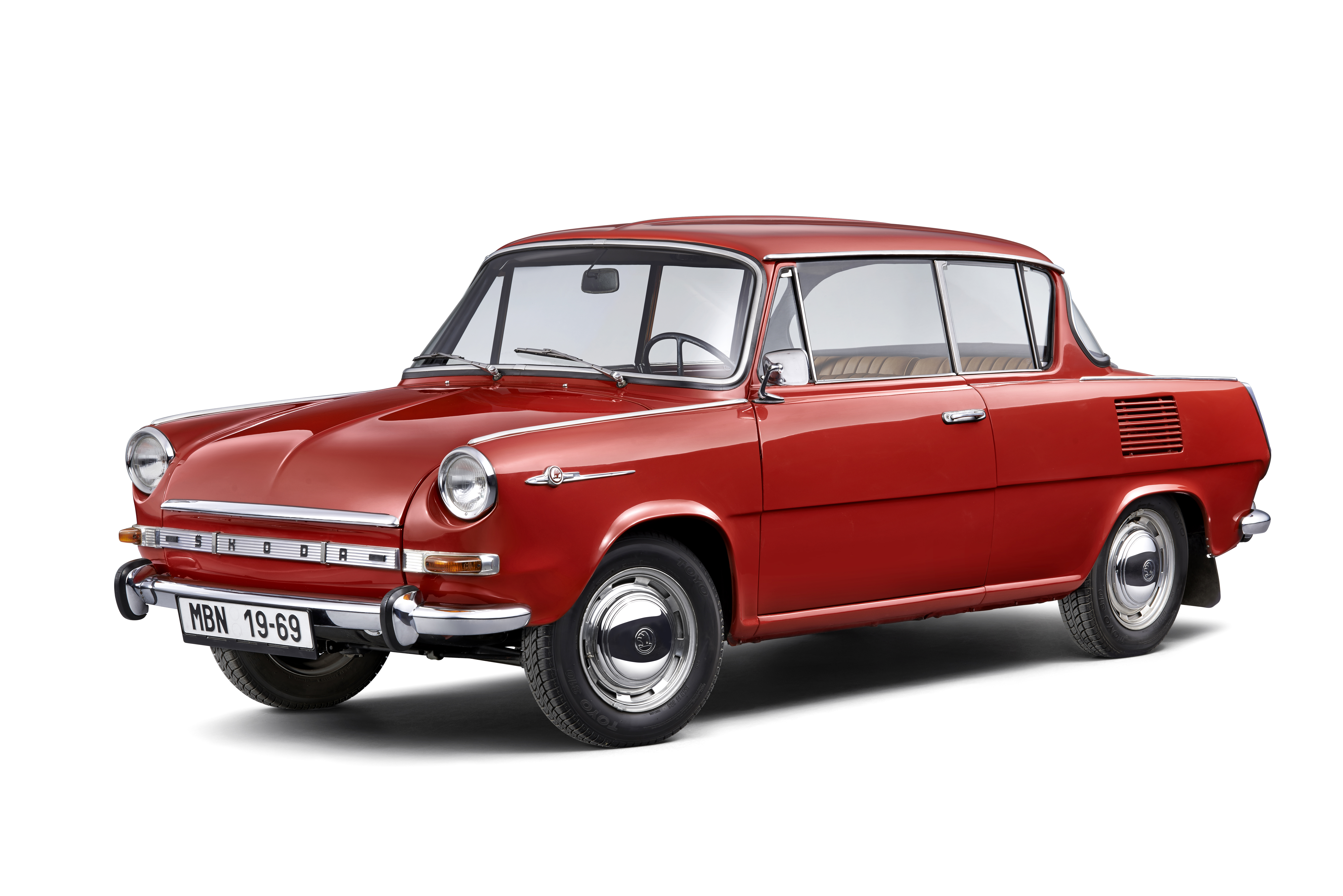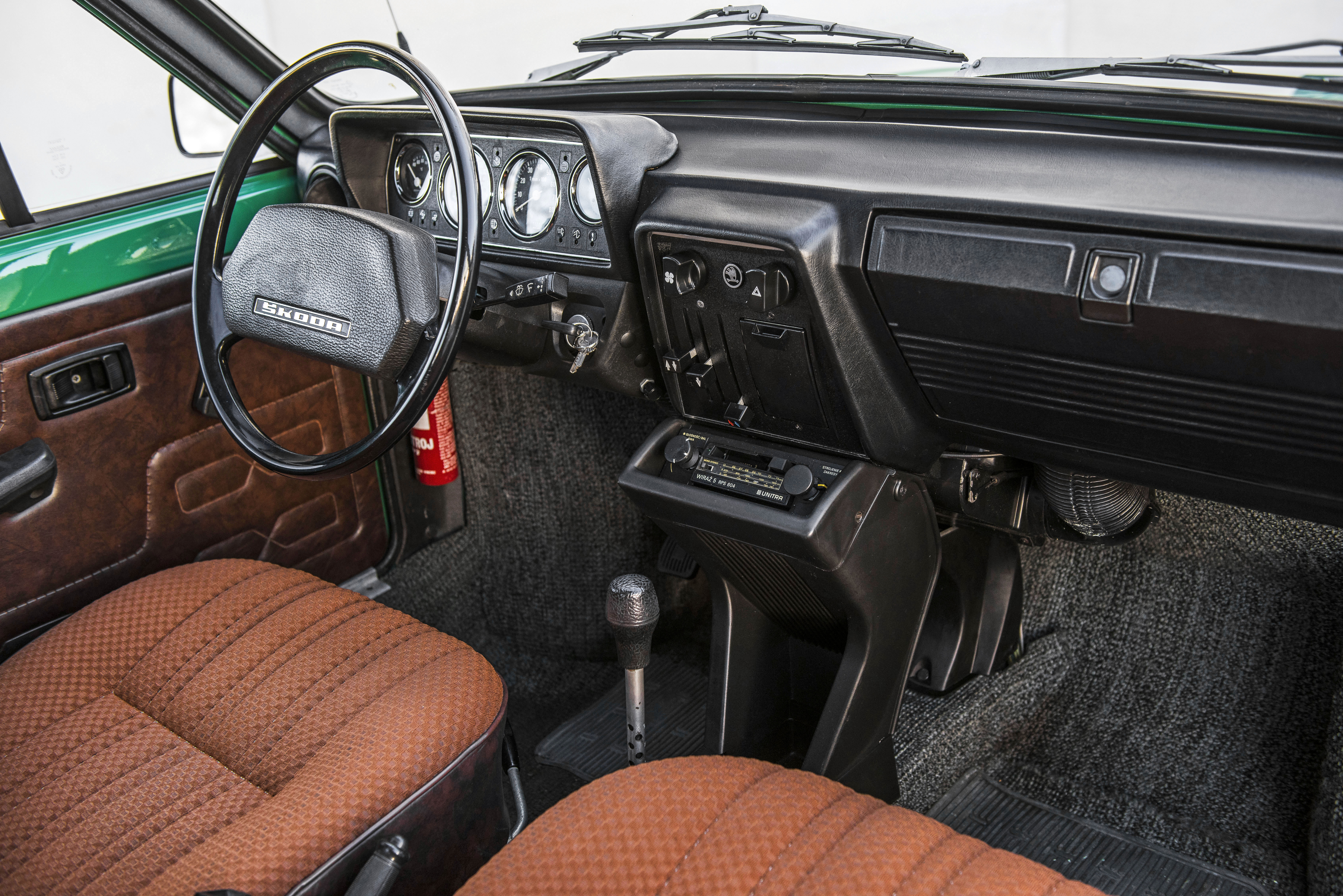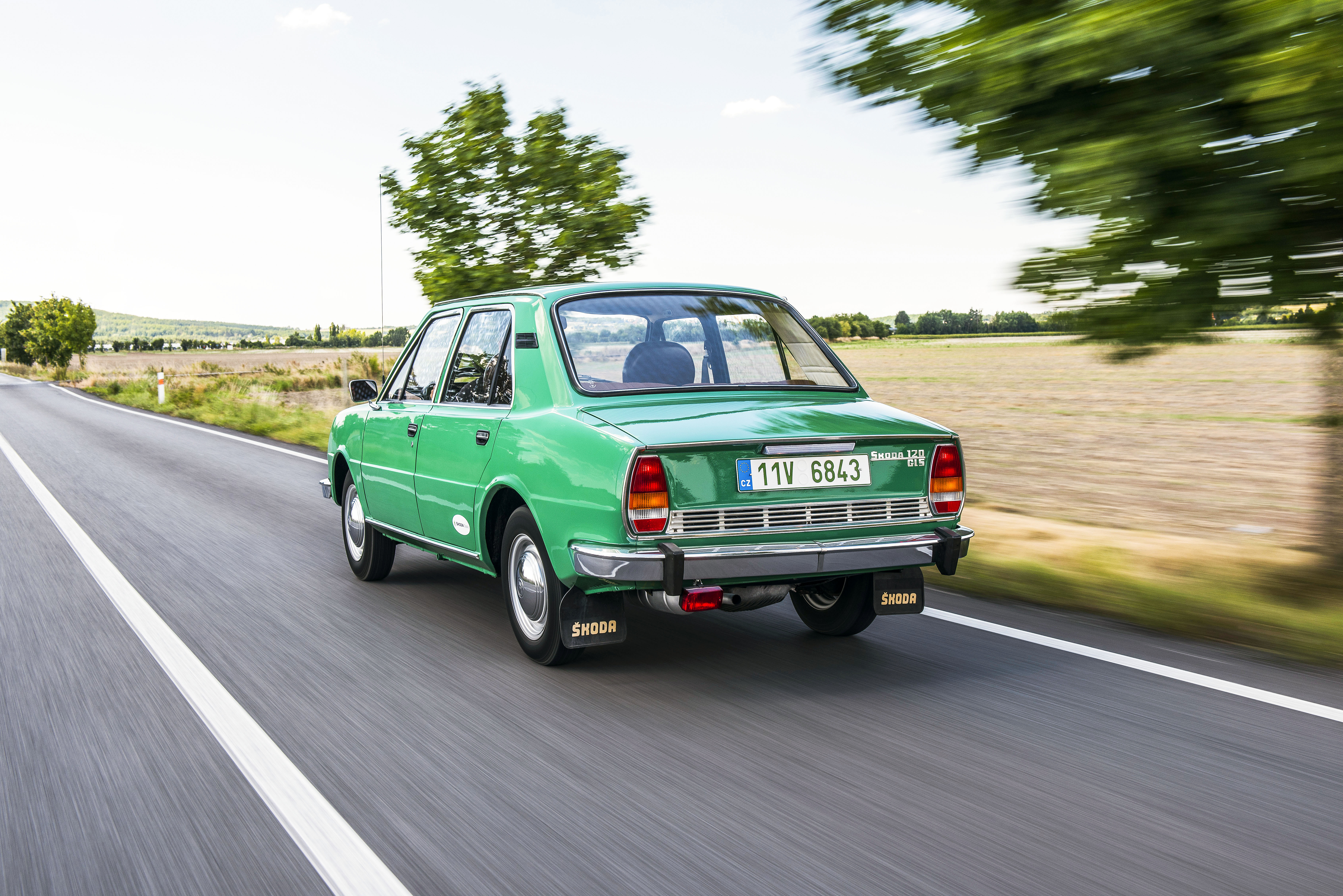
ŠKODA RAPID OHV “Motorway” version (1940)
RAPID means fast. This apt designation for ŠKODA’s favourite model first appeared in 1934, then again in the 1980s and now also in the 21st century. The Sachsen Classic featured a streamlined special from a series that only ran to around a hundred units (1939-1941), nicknamed the “Motorway” version for its intended use on the motorways then being built. The 42 hp (31 kW) 1,600 cc engine was powerful enough to reach 120 km/h (75 mph), a high speed in those days. The ŠKODA Museum’s exhibit drove around Prague from April 1940, arriving back in the Czech carmaker’s collections nine years ago and undergoing a meticulous restoration between 2018 and 2021.

ŠKODA 1101 “Tudor” Roadster (1948)
After the Second World War, ŠKODA entered a new phase with the Š 1101/1102 model series. To this day, it is still known as “Tudor”, a pun referring to its characteristic two-door enclosed body. The sporty roadster boasts the most elegant lines. This car, endowed with a lot of equipment by the standards of the time, with a chassis from Mladá Boleslav and bodywork from the specialised plant in Vrchlabí, was completed on 2 October 1948 on an order from the prime minister’s office. It was later bought by a private owner, with ŠKODA acquiring the handsome roadster in 1969. To this day, it remains one of the reliable participants at veteran events.

ŠKODA 1100 MBX DeLuxe (1969)
The “MB”, the ŠKODA 1000/1100 MB saloon, was a revolution in 1964. The modern, lightweight, self-supporting body with tasteful lines housed an economical engine in the rear, manufactured according to an original Czech patent using a unique aluminium die-casting technology. Between 1967 and 1969, two-door versions of the MBX extended the range of four-door cars, offering unobstructed views of the countryside when the side windows were down. The more powerful 51-hp (38.2 kW) 1,100 cc engine reached a speed of 127 km/h (79 mph) thanks to its weight of only around 800 kg. The car has been part of the ŠKODA Museum’s fleet since 1999.

ŠKODA 110 R Coupé (1971)
In 1970, the equally popular two-door “R”, the 110 R coupé with its gracefully flowing roofline, took over the sports model baton from the topless FELICIA icons. One of the last production units of the first model year, celebrating its 51st birthday in August, graced the Sachsen meet. It came to the museum four years ago, and its restoration has returned the sportster from Kvasiny to top form: it “breathes” through a two-stage Jikov carburettor and can hit a top speed of 145 km/h (90 mph).













































